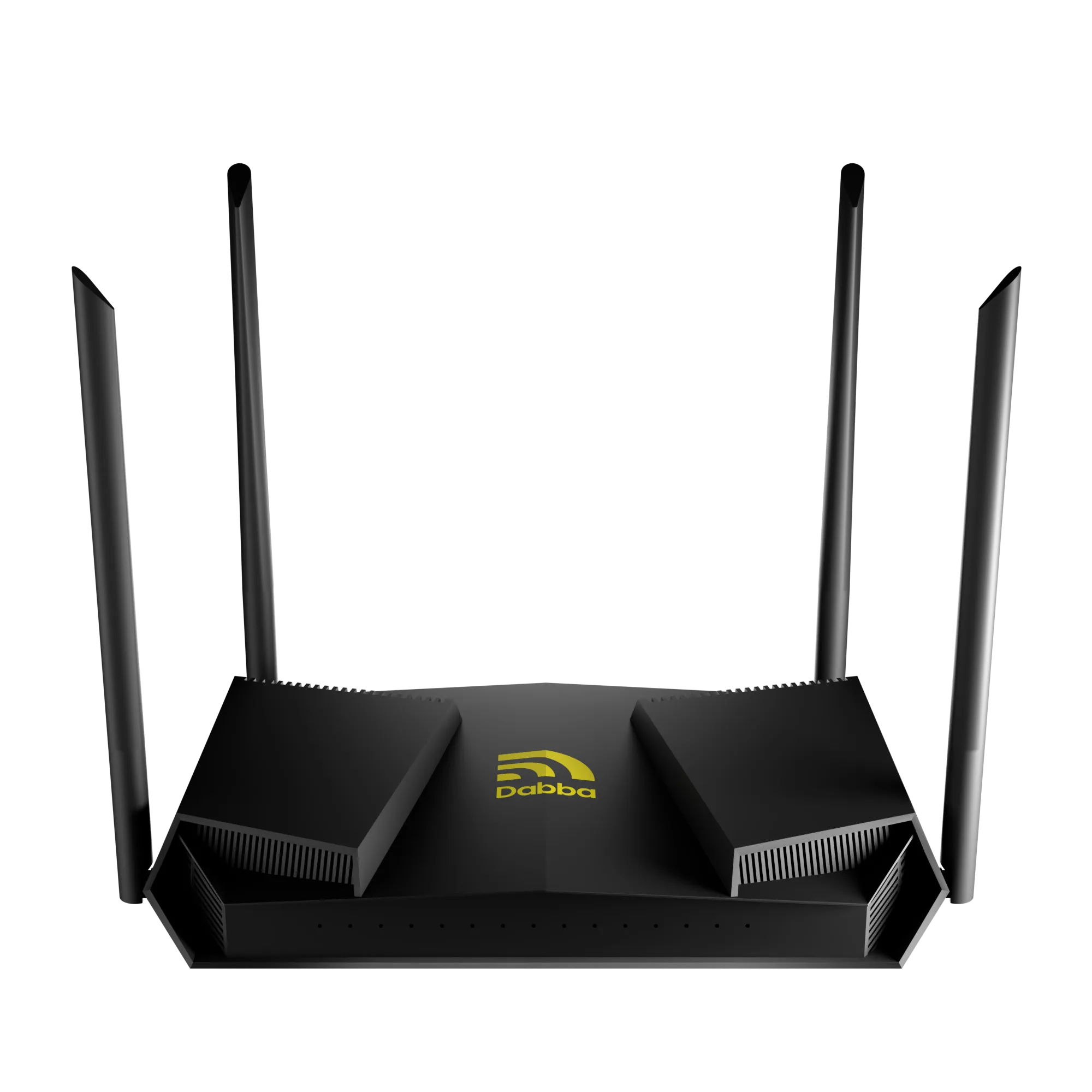Earlier this month, Ryan Tracy wrote an article for the Wall Street Journal titled “The $53,000 Connection: The High Cost of High-Speed Internet for Everyone.” In the article, Tracy talks about the marked digital divide in the country between those who have easy access to the internet and those who don’t. What is the main reason behind this divide? It is just too expensive to build internet infrastructure in rural USA. With DePIN (Decentralized Physical Infrastructure Network), we have an organic solution to this problem. In this article, we will look at the escalating costs of centralized infra and how DePIN naturally solves these problems.

The Ridiculous Cost Of Broadband Infra In Remote USA
The WSJ report points out the hardships of Nebraska’s Winnebago Tribe regarding digital connectivity. The tribe has long suffered from lagging speeds, and a recent federal initiative aimed to remedy that by laying fiber-optic cables across their reservation. However, there is a catch. This project has an average cost of $53,000 for every unit connected! While bringing high-speed internet to every rural American is a noble idea, the potential financial burden needs to be lowered.
Why are the costs so high?
The main issue here is the sheer cost of laying down fiber-optic cables. As per Dgtl Infra’s Jonathan Kim, here is what the average costs look like:
- Between $1,000 to $1,250 per residential household.
- $60,000 to $80,000 per mile
Now, these costs can be recovered over time in the urban areas because of the sheer density of people living in these locations. In rural areas, though, the situation is diametrically opposite for two reasons. First, rural areas have challenging terrains. Second, there are vast distances between homes. Consider this: the Alaska Telephone Company won a grant of $33 million to provide fiber connections to only 211 homes and five businesses. That’s nearly $204,000 for each connection!
To fund or not to fund?
In November 2021, President Biden passed his “Bipartisan Infrastructure Law” to inject $65 billion into the country’s infrastructure. One of the goals of this law was to provide accessible, affordable, and high-speed internet for all. However, for all its hype, the law doesn’t seem practical. As per the 2022 Government Accountability Office report, millions of Americans remain without broadband despite the $44 billion spent from 2015 through 2020.

Critics of the infrastructure bill argue that the government is indirectly inflating internet service prices by offering subsidies.
Infrastructure Costs in India
Not just the US, but India as well, is suffering from overwhelming telecom infra costs. India is ambitiously moving towards a 5G future, aiming to bring lightning-fast connectivity to its citizens. However, transitioning to 5G comes with significant infrastructural challenges. As per a report by rating agency ICRA, only ~35% of India’s towers are prepared for 5G. To transition the remaining 65%, India must make vast investments in fiberization, ranging between Rs 1.5 to 2.5 lakh crore in the next two to three years.
For an already debt-ridden industry, this can have devastating consequences. As of March 31, 2023, the projected debt stands at a staggering Rs 6.3 lakh crore, and backhaul infra cost is estimated at Rs 3 lakh crore over the next four to five years. As India stands on the cusp of this digital transformation, striking a balance between rapid technological advancement and financial prudence will determine the success of its 5G ambitions.
How DePIN Fixes The Infra Cost Problem
DePIN’s modus operandi is unique. By providing token rewards, it encourages vast numbers of individuals globally to acquire hardware and dedicate their outputs — whether data or energy — to a decentralized network. There are already real-world manifestations of this — Dabba’s WiFi boxes, Helium’s 5G hotspots, Filecoin’s storage ecosystem, etc.
Using DePIN principles makes it possible to circumvent the exorbitant costs associated with traditional infrastructure deployment. DePIN encourages crowdsourced, decentralized networks and leverages existing infrastructure more efficiently. This can significantly reduce the financial burden and allow grassroots participation in building and maintaining essential physical infrastructure.
Fixing emerging markets Telecom Infrastructure Issues With Dabba
Dabba aims to catalyze a movement where communities own their connectivity. More than just faster or cheaper internet, it’s about grassroots socio-economic growth. Through decentralized installations, Dabba hopes to provide affordable bandwidth and sustainable connectivity for all. We are creating a DeWi network rooted in DePIN, incentivizing participants for performance and dedication.
Want to know more about Dabba’s DePIN infra? Read more.
Want to be part of the conversation? Join our Discord.
